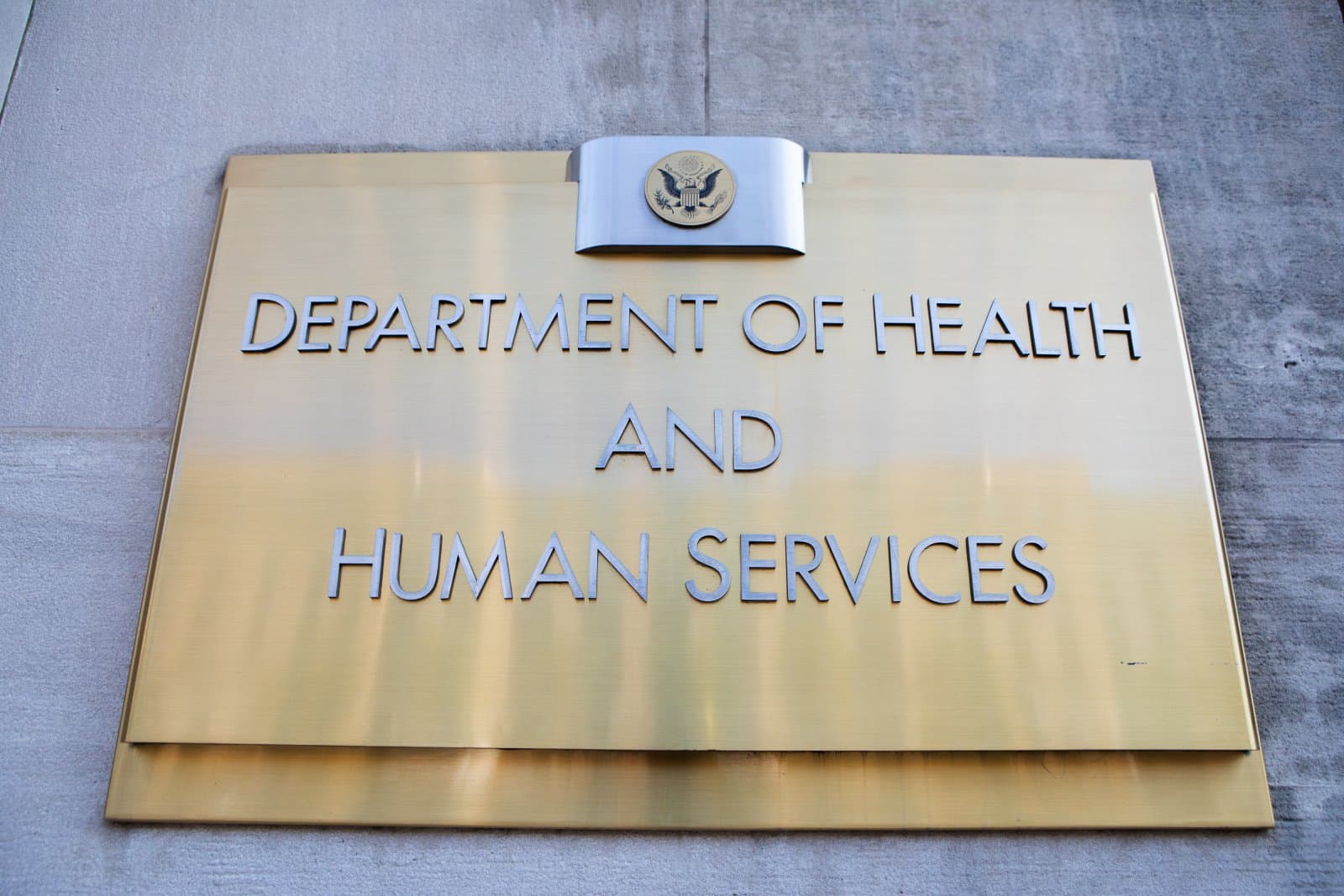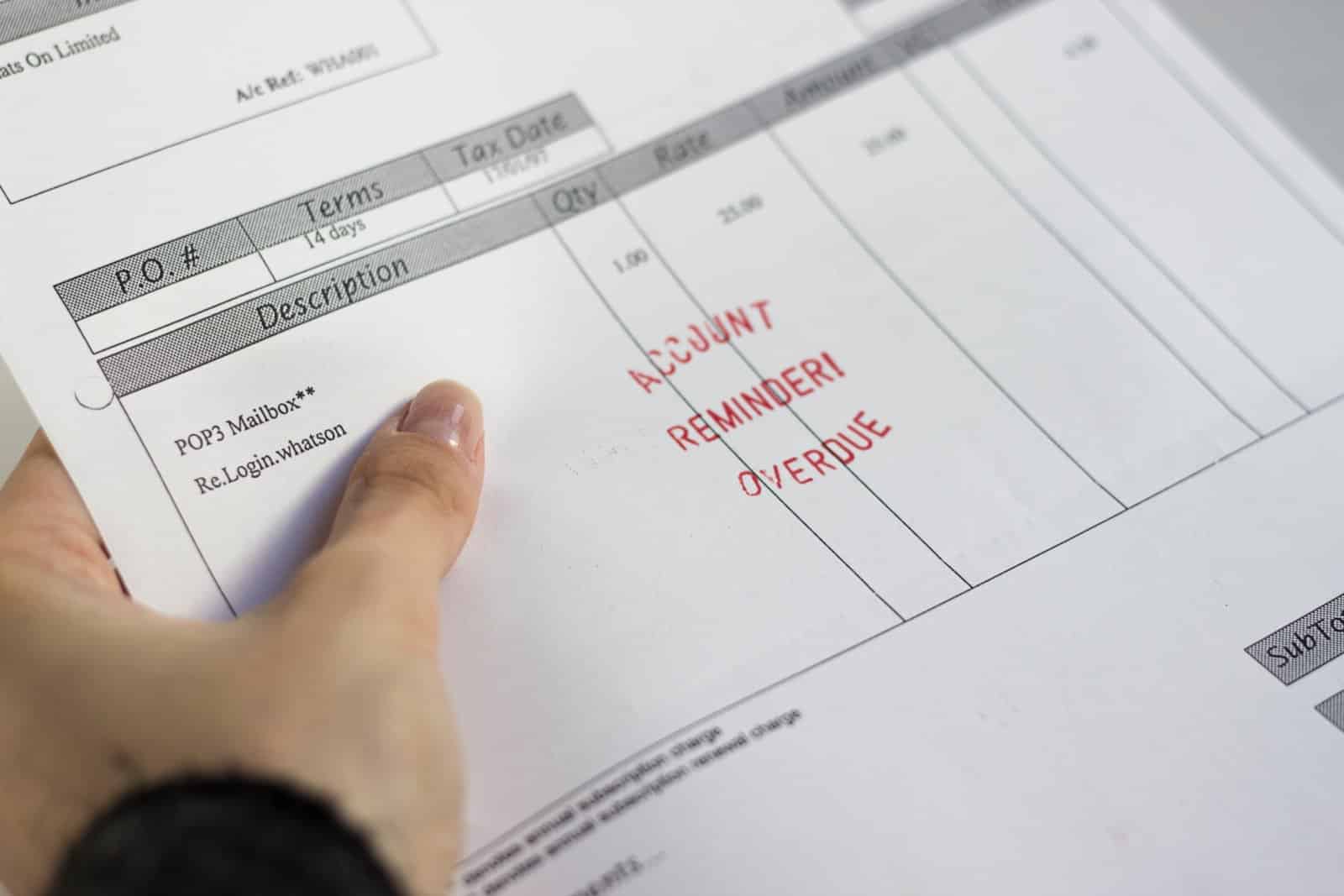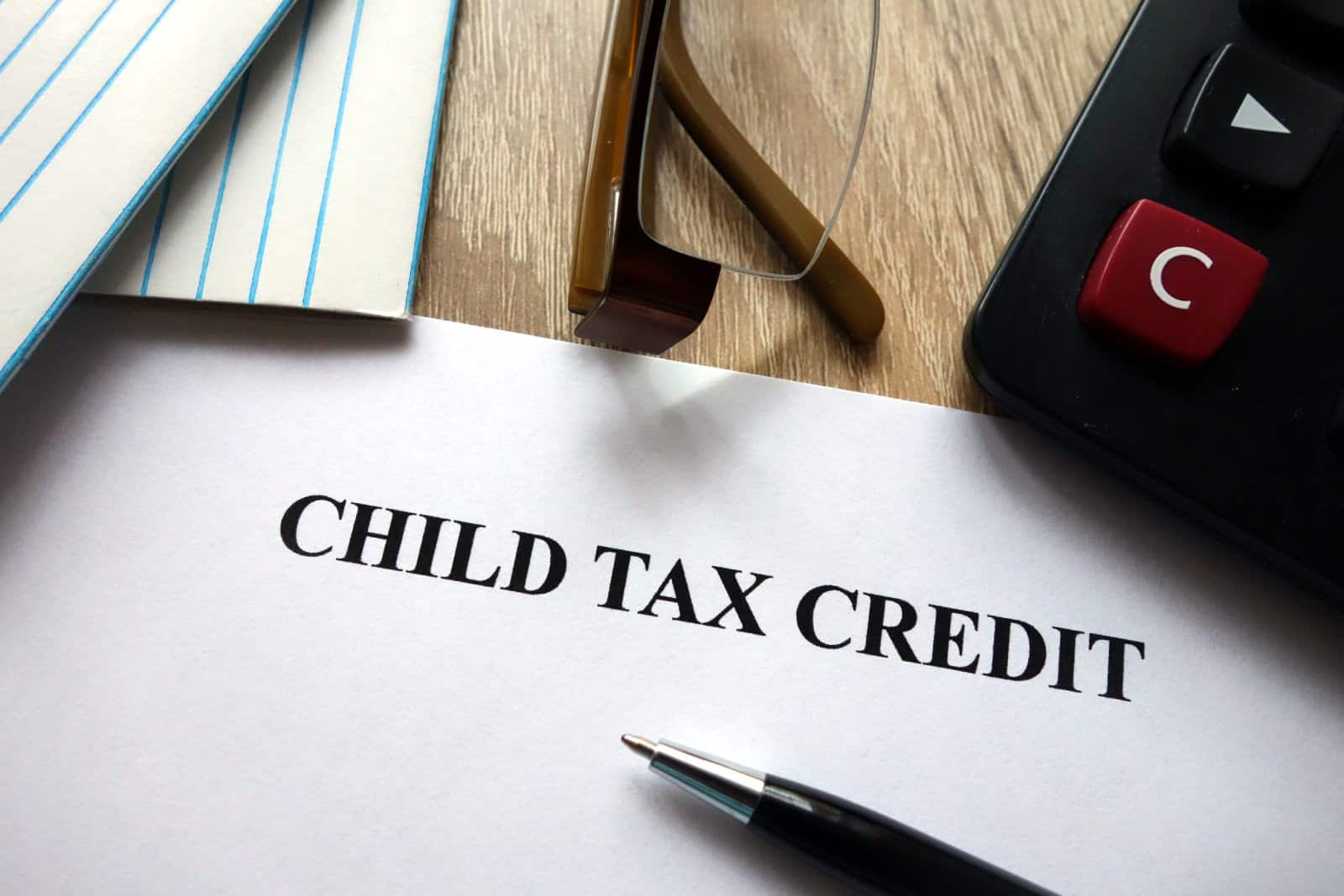In a development that a lot of parents across the nation may be happy about, Vice President Kamala Harris has announced new measures aiming to reduce the burden of childcare costs for working families, with extra support for early educators. Here’s the full story.
HHS Finalizes Rule for Child Care & Development Block Grant

The Department of Health and Human Services (HHS) has, on the 14th of March, finalized a rule that will strengthen the Child Care & Development Block Grant (CCDBG) program.
Overview of CCDBG Program

This program provides support for over a million children each month and helps families with childcare assistance.
Expanding Support

The new measures will expand upon the current legislation in a governmental push to offer affordable and accessible child care for all.
The key highlights of the new rules are as follows.
Capping Co-Payments

The rule sets a cap on co-payments for families participating in CCDBD to a max of 7% of their income.
The government estimates that this will save families over $200 a month, a move that will be welcomed by many people living in states without existing co-payment caps.
Supporting Vulnerable Families

States are being encouraged to waive co-payments entirely for families of children with disabilities, those experiencing homelessness, children in foster care, children in Head Start programs, and families at or below 150% of the federal poverty level.
Fair Payment for Providers

In a move aimed at bringing an element of financial stability to around 140,000 childcare providers, the new rule forces states to pay childcare providers more fairly and promptly.
The hope is that the availability of quality childcare options will be enhanced by incentivizing more providers to participate in the CCDBG program.
Streamlining Access

The government is simplifying eligibility and enrollment processes to make it easier for families to access CCDBG subsidies.
This will reduce long bureaucratic hurdles that often impede parent employment, training, and education.
Easing Financial Strain on Working Families

The burden of high childcare co-payments has long been an issue, straining family budgets and often becoming a barrier to employment for parents unable to afford them.
This can often be a sizeable chunk of a family’s income, especially for low-income working families.
Burdensome Co-Payments

Statistics show that higher-income families typically allocate 6-8% of their income to childcare expenses, while low-income families can pay upwards of 31%.
Potential Extra Money

The government is hoping to alleviate the significant financial strain these co-payments can have by capping them at no more than 7%.
They predict that this will help families in states without existing co-payment caps save anywhere between $110 – $635 per month, depending on the state and income level.
Strengthening Child Care Providers

Childcare providers that offer care to families receiving CCDBG assistance face their own set of challenges, including delayed payments and a loss of profit if the subsidy is based on attendance rather than simply enrollment.
Improved Financial Stability

This new rule seeks to address this issue by requiring states to pay providers more fairly and promptly, providing a level of stability for providers, and opening up more childcare options to parents.
Projected Impact

The government is projecting that over 100,000 families will benefit from reduced or eliminated co-payments, while around 140,000 childcare providers will see improved financial stability and operational support.
Addressing the Cost of Living Crisis

The government is hoping that these initiatives will enable families to have an easier time, especially during the current worldwide cost of living crisis.
Priority for Biden Administration

Childcare costs have been a pressing issue for the Biden administration for some time, and with a November election coming up, Biden’s team will be rolling out a host of new measures in an effort to shore up voting support.
Bipartisan Bill on Child Tax Credit

A bipartisan bill aiming to expand the child tax credit and reinstate a set of business tax breaks recently won overwhelming approval in the House.
It’s making its way through the Senate, but progress has stalled as Republican lawmakers are not in support.
Hopes for Improved Support

Whether these new measures will impact as many families, and to such a huge extent as the government is predicting, remains to be seen.
The Impact on American Families

However, with American families feeling the brunt of it more than ever, any new measures that help improve cash flow are sure to be well received.
21 States Where Squatters Can Legally Claim Your Property

Discover how squatters’ rights, or adverse possession, are more than just legal jargon—they’re stories of unexpected twists in the world of real estate. From sunny California to the historical landscapes of Pennsylvania, here’s how these laws could turn the tables on homeowners and squatters alike. 21 States Where Squatters Can Legally Claim Your Property
14 Things That Are Banned in the U.S. but Totally Fine Elsewhere

Ever feel like America’s rulebook was written by someone with a dartboard? Across the pond or down under, things get even wackier. Let’s take a walk on the wild side of global “Do’s” that are definite “Don’ts” in the Land of the Free. 14 Things That Are Banned in the U.S. but Totally Fine Elsewhere
25 American States Nobody Wants to Visit Anymore

Across the United States, some states capture the hearts and itineraries of many, while others remain quietly on the sidelines, overshadowed or misunderstood. These 25 states, facing what you might call a popularity crisis, are brimming with hidden wonders, cultural riches, and natural beauty, awaiting those willing to look beyond the usual tourist trails. 25 American States Nobody Wants to Visit Anymore
20 Foods That Are Cheaper to Eat Out Than Making at Home

In a world where convenience often wins, certain culinary delights come with a lower price tag when enjoyed at a restaurant rather than crafted in your own kitchen. Here are twenty foods that might save you both time and money when indulged in at your favorite eatery. 20 Foods That Are Cheaper to Eat out Than Making at Home
17 Things You’re Paying For, but You Don’t Have To

In the land of the free, there’s a price tag on everything, but savvy Americans know better than to open their wallets for just anything. Here are 17 expenses you’ve been shelling out for without realizing there’s a cheaper or even free alternative. 17 Things You’re Paying For, but You Don’t Have To
The post Government Steps In: Parents to Pocket $600+ Monthly in Childcare Savings first appeared on From Frugal to Free.
Featured Image Credit: Shutterstock / Isaac Hoops.
The content of this article is for informational purposes only and does not constitute or replace professional financial advice.
